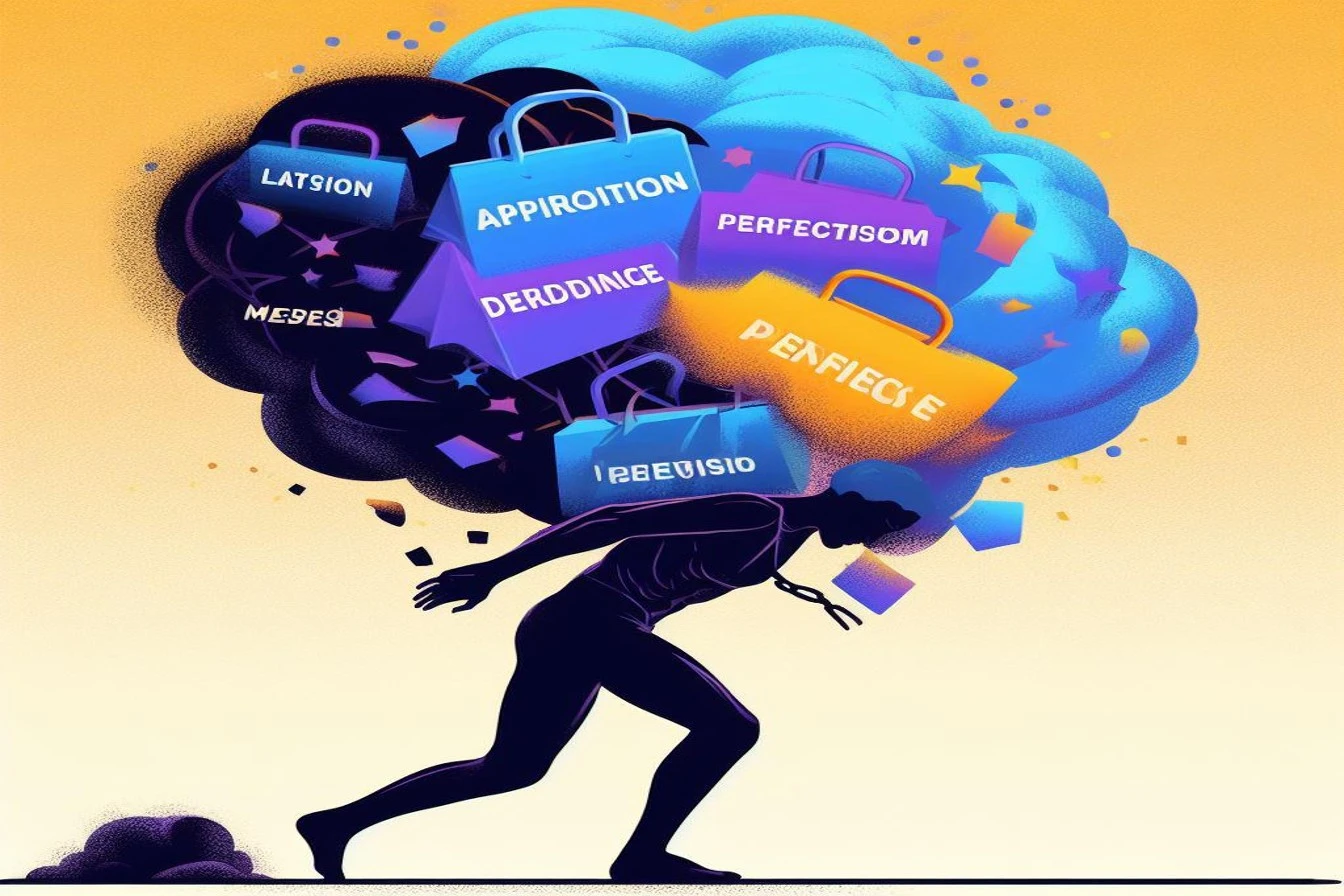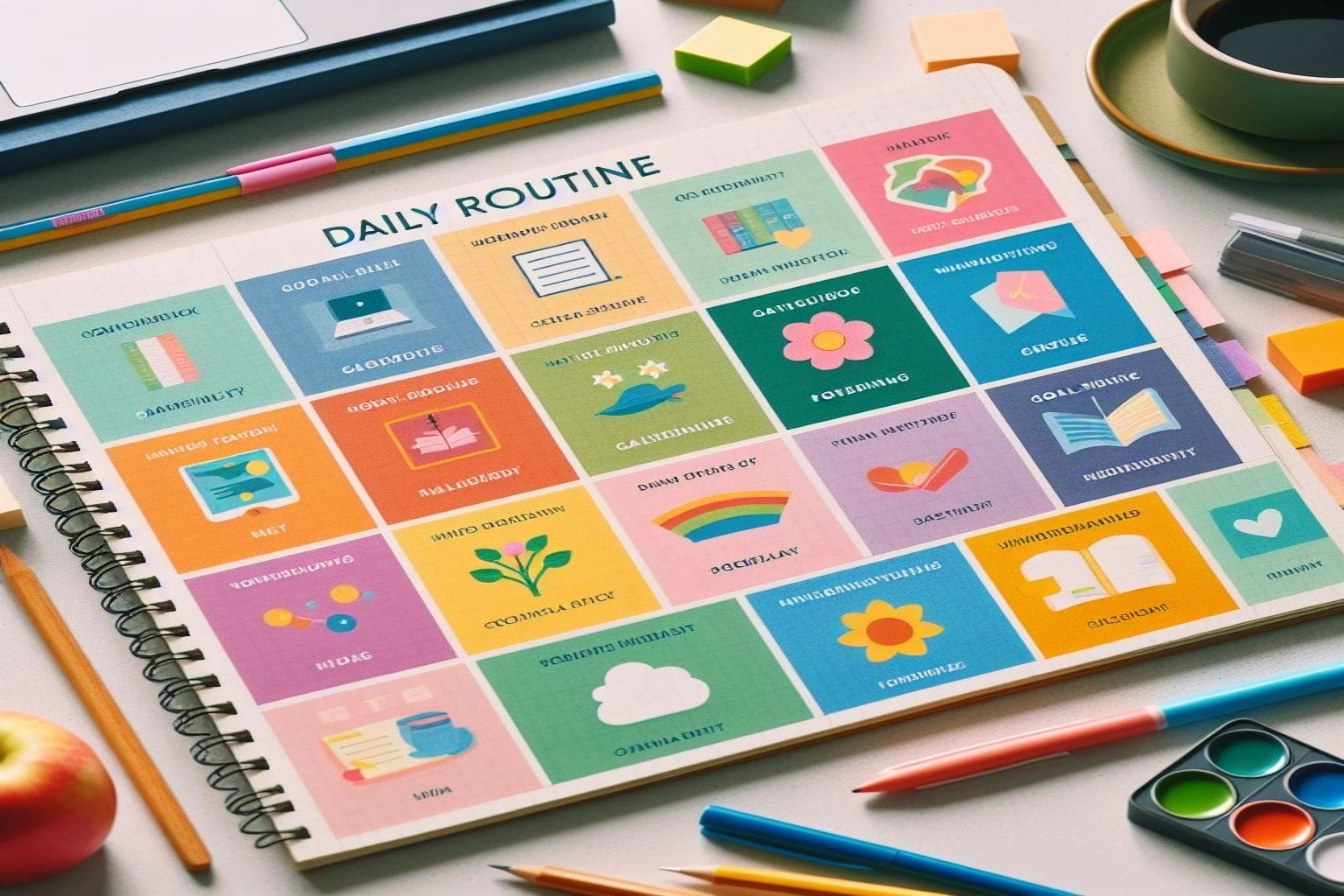
Do you find yourself constantly overthinking decisions, unable to take decisive action because you get lost researching solutions and weighing every option? If so, you may be stuck in a state of analysis paralysis.
Analysis paralysis refers to the tendency to over-analyze problems or choices to the point that moving forward becomes extremely difficult or even impossible. Rather than acting, you get trapped in a cycle of excessive research, ruminating, and attempts to find the perfect solution.
This chronic indecision and perfectionism often stems from deeper emotional issues like anxiety, low self-esteem, or fear of failure. In this comprehensive guide, we’ll explore the psychological causes of analysis paralysis, signs you may be stuck, and most importantly, actionable strategies to break free.
What is Analysis Paralysis?
Analysis paralysis describes a state of over-analyzing problems, choices, or potential decisions to the point of being unable to take real action. You might spend hours endlessly researching solutions, weighing every imaginable pro and con, soliciting advice from others ad nauseam – all while making little or no actual progress.
This trap often arises from a perfectionist mindset. You want the best possible outcome, so you compulsively look at a problem from every angle trying to identify the perfect solution. However, perfectionism itself leads to inaction, as no option ever seems quite good enough. So you get stuck in yet another cycle of analysis trying to optimize the approach.
Analysis paralysis can negatively impact all areas of life, from completing work projects to maintaining relationships. You might obsessively analyze reasons for and against leaving an unfulfilling job or toxic relationship rather than making a choice. At work, you may get so lost researching data and perspectives when starting a new initiative that you never get to executing the project.
Left unchecked, analysis paralysis leads to significant frustration, wasted time, and lack of tangible progress. Hours turn into days turn into weeks lost in research instead of moving your life forward. The tendency worsens under high-pressure scenarios when the perceived stakes seem especially high.
Common Signs You May Be Stuck in Analysis Paralysis:
– You extensively research a problem, decision, or upcoming project without ever deciding on a solution or course of action
– You constantly second guess choices after they’re made, wondering if you overlooked a better option
– You put off making any decision due to feeling overwhelmed by choices or wanting more time to analyze
– You have perfectionist tendencies, wanting the perfect solution before moving forward
– You criticize yourself harshly for not achieving goals or completing tasks
– You have great difficulty starting and/or finishing tasks and projects within a reasonable timeframe
– Friends or family comment on your tendency to over-research things without follow through
Do these signs sound familiar? Do you chronically struggle with committing to a choice or starting tasks because options paralyze you? If so, you likely suffer from analysis paralysis.
Here’s the good news: recognizing you’re stuck in this thought pattern is the first and most important step toward breaking free. When you know the problem, you can develop self-awareness about triggers and signs it’s occurring. You also can experiment with strategies to overcome the paralysis.
Why Does Analysis Paralysis Happen? Emotional Root Causes
On the surface, analysis paralysis stems simply from overthinking a choice or problem. But in reality, unresolved negative emotions often lurk beneath the surface as the root cause.
Fear of failure, anxiety, worry, low self-esteem, and perfectionism tend to drive the obsessive analysis. You likely aren’t even fully aware of these vulnerable feelings in the moment.
Rather than sitting with emotional discomfort and uncertainty, your analytical, problem-solving mind kicks into gear. Researching solutions or seeking others’ advice provides a temporary escape and sense of control. Yet no amount of analysis can resolve those unsettled emotions or make a risk-free perfect choice exist.
In the short term, obsessive analysis numbs you from the underlying feelings enough to cope. But those emotions inevitably return, and you once again get stuck seeking answers to quiet them. Such analysis creates a cycle of avoidance that offers relief without ever addressing the root cause.
Furthermore, harsh self-criticism often accompanies the futile analysis. Thoughts like, “I should be able to figure this out by now” or “Why can’t I just get it together and make a decision?” only worsen the downward spiral.
The key realization is that for most with analysis paralysis, the excessive overthinking stems from emotional struggles with anxiety, perfectionism, self-doubt, and self-judgment. Until you compassionately address those root issues, quick fix problem solving provides only temporary distraction and avoidance.
Psychological Causes: Where Does Analysis Paralysis Come From?
Childhood Origins
For some, analysis paralysis tendencies take root in childhood. Parents who shelter or control rather than encourage autonomy breed reliance on authority. Without chances to build decisive muscles, these kids enter adulthood lacking confidence in their choices. Excessive analysis compensates for underdeveloped self-trust.
Perfectionist tendencies that manifest as paralysis often trace back to childhood as well. A parental focus on achievement over self-acceptance teaches children their worth depends on doing everything perfectly. Internalizing this conditional approval causes kids to freeze up rather than risk mistakes.
Negative Self-Talk
Current self-talk patterns also contribute to analysis paralysis. Internal messages like:
– “I need to optimize this choice so nothing goes wrong”
– “I can’t decide until I have all the data”
– “If I can’t perfectly predict the outcome, I better keep researching”
…sabotage decisive action by inflating anxiety. These perfectionistic rules for decision making set you up for failure.
Learned Coping Habits
Finally, many fall into analysis paralysis due to learned coping habits. When you face distressing emotions or situations as an adult, analyzing options provides comfort. You unconsciously repeat this pattern until overthinking becomes an automatic reaction to any discomfort.
Identifying the roots of analysis paralysis helps you develop self-compassion. You can recognize destructive thought patterns without blaming yourself. The next step is learning strategies to overcome the paralysis.
How to Break Free from Analysis Paralysis
If you struggle with chronic indecision and perfectionism, know that you can break free from the analysis paralysis trap. Here are 5 strategies to try:
1. Identify the Emotion Driving Your Analysis
When you catch yourself obsessively researching solutions or options, ask:
“What am I really feeling when I repeatedly analyze this decision?”
Look beyond the surface level thought-stream to the emotions fueling it. Anxiety, fear of failure, low self-esteem, and perfectionism often lurk beneath. Simply identifying and labeling the true feeling can lessen its grip.
Accept that this emotion naturally arises within you given your tendencies and past. Avoid judging yourself for it. The obsessive analysis is just a protective reaction to your discomfort, albeit counterproductive long-term. By facing the difficult emotions head on, analysis becomes less necessary as a coping mechanism.
2. Release Perfectionism
The desire for the perfect choice or solution sets you up for paralysis. Challenge this tendency by consciously adopting a “good enough” mindset whenever you start overanalyzing options.
Remind yourself that the perfect choice rarely exists in life. The best you can do is make a rational decision based on adequate data, values alignment, and intuition. Ask yourself: “Does this option check enough boxes to move forward, even if imperfect?”
If you catch thoughts like “But what if there’s a better option I haven’t found yet?” reframe them. Respond with “No decision will be 100% perfect or risk-free, and that’s okay. I can make changes down the road.”
Releasing the chokehold of perfectionism loosens analysis paralysis significantly.
3. Set Firm Decision Deadlines
When facing an important decision, set a deadline for when you’ll come to a conclusion. Give yourself a set window of time to research and weigh options – perhaps a few hours, days, or a week at most. But when time’s up, make the best choice you can based on the information gathered.
Knowing you need to meet a deadline will help curb endless rumination. And if you need more data later to change course, you always have that option. But setting firm stopping points prevents getting stuck in analysis limbo.
4. Start Small to Build Momentum
If analysis paralysis stalls you from starting or completing intimidating projects, focus first on bite-sized progress. Break down big goals into miniature steps you know you can accomplish right now.
For example, if a 10-page paper overwhelms, start by writing one focused paragraph. If a messy room stresses you out, pick up just a few pieces of clothing. Tiny successes build your confidence to take on more.
With enough small wins, analysis and perfectionism fade. You develop trust in your ability to complete tasks, quieting self-doubt. Progress generates momentum that makes action easier.
5. Practice Acceptance
Learning to sit with uncertainty and emotional discomfort rather than looking to analysis as an escape method can work wonders. When you feel the urge to obsessively research, pause instead.
Close your eyes, focus on your breathing, and just allow the feelings of fear, anxiety, or self-doubt to exist. Don’t judge them or look to “fix” them. Simply let them wash over and through you like ocean waves. Know they’ll pass naturally over time.
This acceptance practice trains your mind to endure discomfort with less resistance. Equanimity robs analysis of its power over you. Letting feelings flow rather than fixating also reduces their grip.
Additional Tips for Overcoming Analysis Paralysis
– Verbalize your feelings rather than keeping them bottled up. Say them out loud to yourself or a trusted friend.
– Set a timer when researching to avoid falling down rabbit holes.
– Adopt a 70/30 mindset – make a choice when 70% confident, knowing you’ll never reach 100%.
– Write out your thought spiral to recognize unproductive thought patterns.
– Seek professional counseling to address thought habits formed in childhood.
– Practice self-compassion using positive self-talk when you get frustrated.
– Focus on aligning decisions with your core values rather than hypothetical best outcomes.
The Bottom Line
Fundamentally, overcoming analysis paralysis requires courage. Facing the discomfort of uncertainty, taking imperfect action, and releasing perfectionistic control can feel terrifying. Your mind will resist the vulnerability of operating without a complete safety net of analysis.
Yet each time you act decisively despite fear, you build your self-trust muscle. You realize you can handle adversity and course correct when needed. With consistent practice leaning into discomfort, confidence in your inner wisdom grows. Relief comes when progress and courage replace perfection as your guiding principles.
Conclusion
In summary, analysis paralysis is a common thought pattern driven by perfectionism, anxiety, and self-criticism. But with raised self-awareness, you can catch yourself overanalyzing and shift gears. Strategies like naming the underlying emotions, practicing acceptance, and starting small can circumvent paralysis.
It takes courage to sit with discomfort and act on incomplete data. But doing so builds the self-trust needed to break free. With consistent practice, you move forward unencumbered by the urge to analyze indefinitely until discovering some mythical perfect choice. Progress and purposeful action become your new normal.







